167 ☼ My First Time Shooting Tethered
+ a Giveaway, Imposter Syndrome, Stubbornness, and a NJV1 short film!
Dear friends,
This week’s issue is full of fun, including:
the unexpected joy of shooting tethered to a computer.
Making the first fictive book trailer short film.
the final pre-printing moments with NJV1.
My thoughts on the Fujifilm GFX 100s, kindly provided by my friends at MPB.com.
A new Memory Retrieved column with a Process x Excire Giveaway!
Big thanks to everyone who’s helped spread the word about NOTICE Journal, Volume One—including Thom’s Something Everywhere, and all who shared it on social media, including
. Your support means a lot for an independent photographer and publisher!Housekeeping
Process Photo Walks — Up next, Paris (Nov 10), and London (Nov 16). RSVP to reserve your spot. London’s walk is full but you can add yourself to the wait list.
Today’s the last day to get a €10 early bird discount on NJV1! Order yours here.
My First Steps into Tethered Shooting
Last week, I leaped into the world of tethered shooting for the first time, and it happened during a two-day marathon shoot for my project The Best Medicine. You may remember from earlier issues that this project is a portrait series of 101 comedians, writers, and behind-the-scenes people shaping the English-language comedy scene in Amsterdam.
Documenting a Unique Cultural Scene
This isn’t just any scene—it’s one with history and influence. Boom Chicago, the local comedy theater, has been a springboard for big-name American talents including future talk show hosts, Saturday Night Live writers, Ted Lasso creators, actors, and many others. But now, we’re seeing a new wave of independent English-language shows spreading out across the city. Capturing this scene felt like a chance to document something important, to show the joy and positive impact comedy can bring in challenging times.
Studio Setup and Tethered Shooting
In the studio at Studio 13, my absolute favorite, we set up on what’s known as a “cyc wall,” a curved, modular backdrop that creates a seamless white background and keeps all focus on the person in front of the camera. We only had a few minutes with each person, and with such a minimal backdrop, I wanted each shot to be technically perfect: razor-sharp focus, spot-on exposure, and perfect framing.
This is where tethered shooting came in, allowing me to instantly check each image and avoid any surprises in post-production. I worked with a Fujifilm GFX 100s, generously provided by MPB.com, connected to my MacBook Pro, with Lydia and Taylor, my assistants, stationed at the laptop to make sure we got all the essential elements right. See below.
Reflections and Moving Forward
For those new to it, tethered shooting connects the camera to a computer, so you can see each shot on a larger screen right away. Lydia and I kept an open line of communication—she’d give me a heads-up if anything looked off, and that peace of mind allowed me to focus entirely on getting authentic moments with each person. Using the GFX on a tripod, I could maintain a consistent frame for every shot, and with Studio 13’s white-painted blocks, we could switch up the poses—leaning, seated, standing—while keeping the focus on each person’s unique energy.
The whole experience was an exhausting yet exhilarating whirlwind. I’m excited to share this project in full early next year—it’s going to be something special. Preview images are included for you to get a taste.
Stubbornness and the Imposter Syndrome
This shoot also made me wonder why I’d resisted shooting tethered for so long. I can be so stubborn sometimes! I think it came down to my hesitation about having clients looking over my shoulder at raw, unedited images, and not liking what they saw before I edited my work. A mini imposter syndrome moment. But now I see that this resistance kept me from taking full advantage of a super useful tool.
Now that I experienced how much control and security it gave me, I used the same setup a week later with a corporate client and was equally happy with the results. Tethered is here to stay for these kinds of projects.
A Short Film for the NJV1 Book Trailer
As we get closer to the print and shipping date for NOTICE Journal, Volume One, we had the chance to do something incredibly fun. In the spirit of trying new things, I shot a short film as a book trailer with an amazing team. Directed by my friend Joseph Frank, this may be the first-ever short fiction film used to introduce a photo book? Here’s a BTS shot of me in a suit running through some bamboo, NJV1 in hand.
As a little clue to what it’s about, we recreated the opening scene of a well-known TV pilot from 20 years ago, adding a surreal, fever-dream twist. Any guesses? It captures the rollercoaster of emotions behind making a book and feels like the perfect intro to this project. I can’t wait for you to see the full short film.
Last Pre-Print Steps for NJV1
In the past week, we had our final lithography session for NJV1 at robstolk, my printer. Working with Marieke, our lithographer, we spent hours fine-tuning the images, adjusting the contrast to match the specific ink-absorption level of the paper.
It’s an art form that feels meticulous and very rewarding, knowing each print will bring across exactly what I intended. Betty, the shop’s resident pup, kept us all in good spirits during this last stretch. A shot of her is included for the dog lovers among you.
Today’s the last day to get a €10 early bird discount on NJV1! Grab your copy here.
NEXT WEEK: Tomorrow, I’ll be going to the printer to print the interior pages of NJV1, with Lydia and Alain there to document the process in pictures and on video for you.
Thank you for reading. Process is the result of collaborative creativity. It’s written by me and supported by you—whether you read, share, comment, buy my books, hire me for portraits or mentoring, or become a paid subscriber and member of the Process Photo Club:
Keep shooting and take good care of yourselves and others.
Wesley
Gear & Tools Used
Camera: All images from The Best Medicine were shot on the Fujifilm GFX 100S with a Fujifilm GF 80mm f/1.7 R WR.
I thoroughly enjoyed working with this setup. The camera feels incredibly reliable, well-made, and intuitive—exactly what I’d expect from a high-end professional tool. It produces enormous, high-quality files that retain impressive detail even after substantial cropping, and it renders colors beautifully.
What’s especially remarkable is how fun it is to use; Fujifilm excels at making cameras that feel inviting and frustration-free, which isn’t something I find often with digital systems.
This setup is pricey, and while it's excellent, it's more of a specialized investment. It's not a camera you'd use for every shoot, but it’s perfect for some shoots, like this one. That’s why, in my opinion, buying second-hand at a lower price is a smart option for a kit like this. All in all, highly recommended. I’d love to add this to my regular setup.
Shout out to MPB.com, my go-to place to buy, sell, and trade used cameras and lenses. I love their service and am a paying customer. MPB caters to over 625,000 visual storytellers and provides a 6-month warranty. Thanks for the support, MPB! <3
Lab: All my analog work is developed and scanned by my friends at Carmencita Film Lab. They’re my favorite lab in the world. Use code “PROCESS” to get a free upgrade.
Memory Retrieved — A Process x Excire Giveaway
For six months, I’ll dive into my 20-year archive each month, using Excire to search based on a keyword suggested by a reader of Process. This month’s keyword is "sweet longing," as suggested by reader Corinne. This poetic search got us 1,394 results, more than I anticipated. Many centered around romantic love, but I thought I’d pick an outlier.
I want to highlight two portraits I made of the talented and kind photographer Yvonne Venegas with her son in Mexico City back in 2019, shot on the Pentax 67ii.
Congrats to Corinne, who wins a free copy of Excire!
Which keyword should I search for next month?
Suggest a keyword in the comments, and I’ll randomly select a winner to receive a free copy of Excire. Get creative! Excire is a software service that uses AI to analyze and tag your photos, making it easy to search and find images using keywords.
Check out Excire here. Process readers receive 15% off with the coupon code "PROCESS" at checkout. Highly recommended.
Note: Excire does not use any of our images for training purposes or other activities. They remain on your computer only.`
Can’t get enough Process? Browse the Process Archives.
Visit the Process Photo Club members area for perks and more.



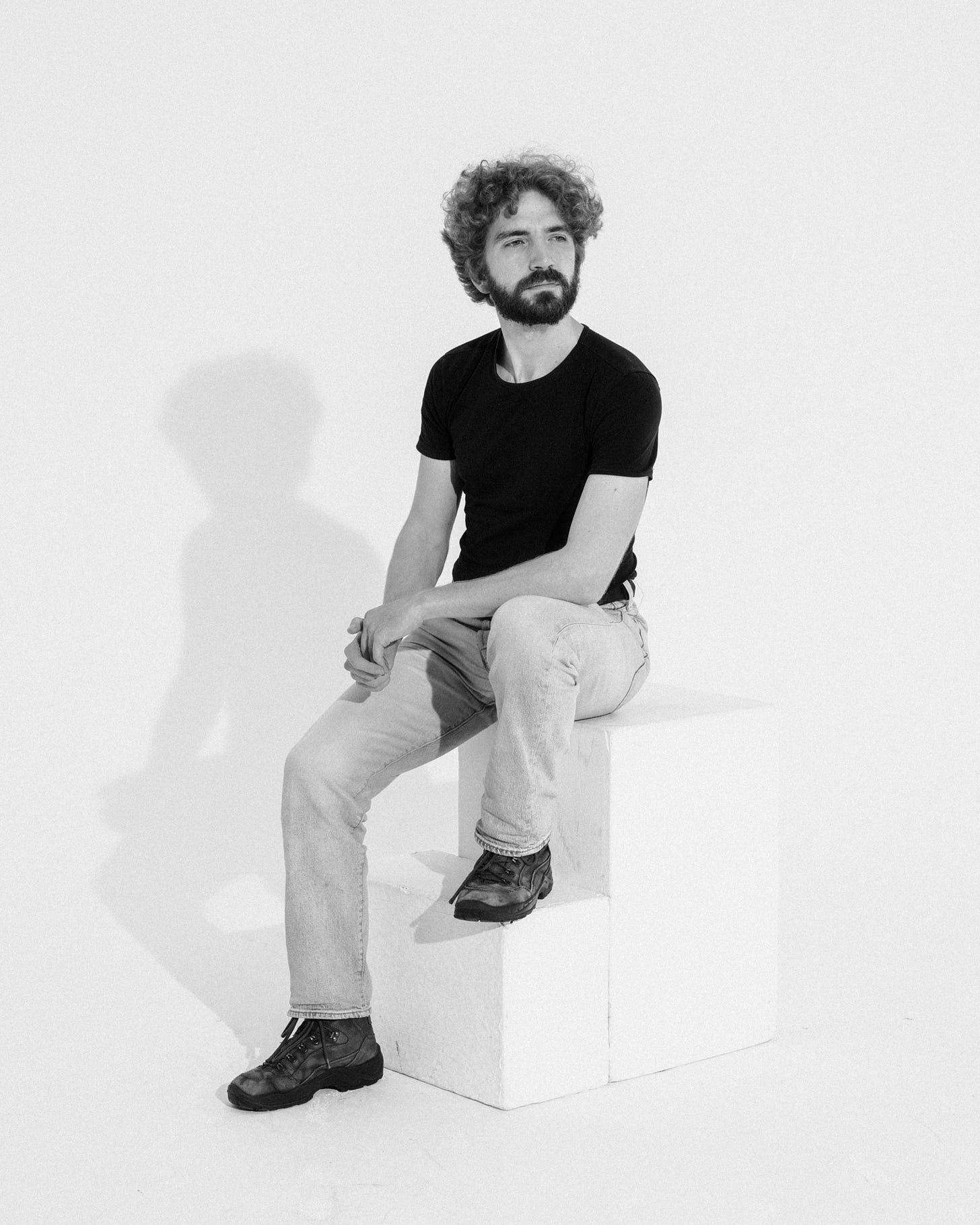
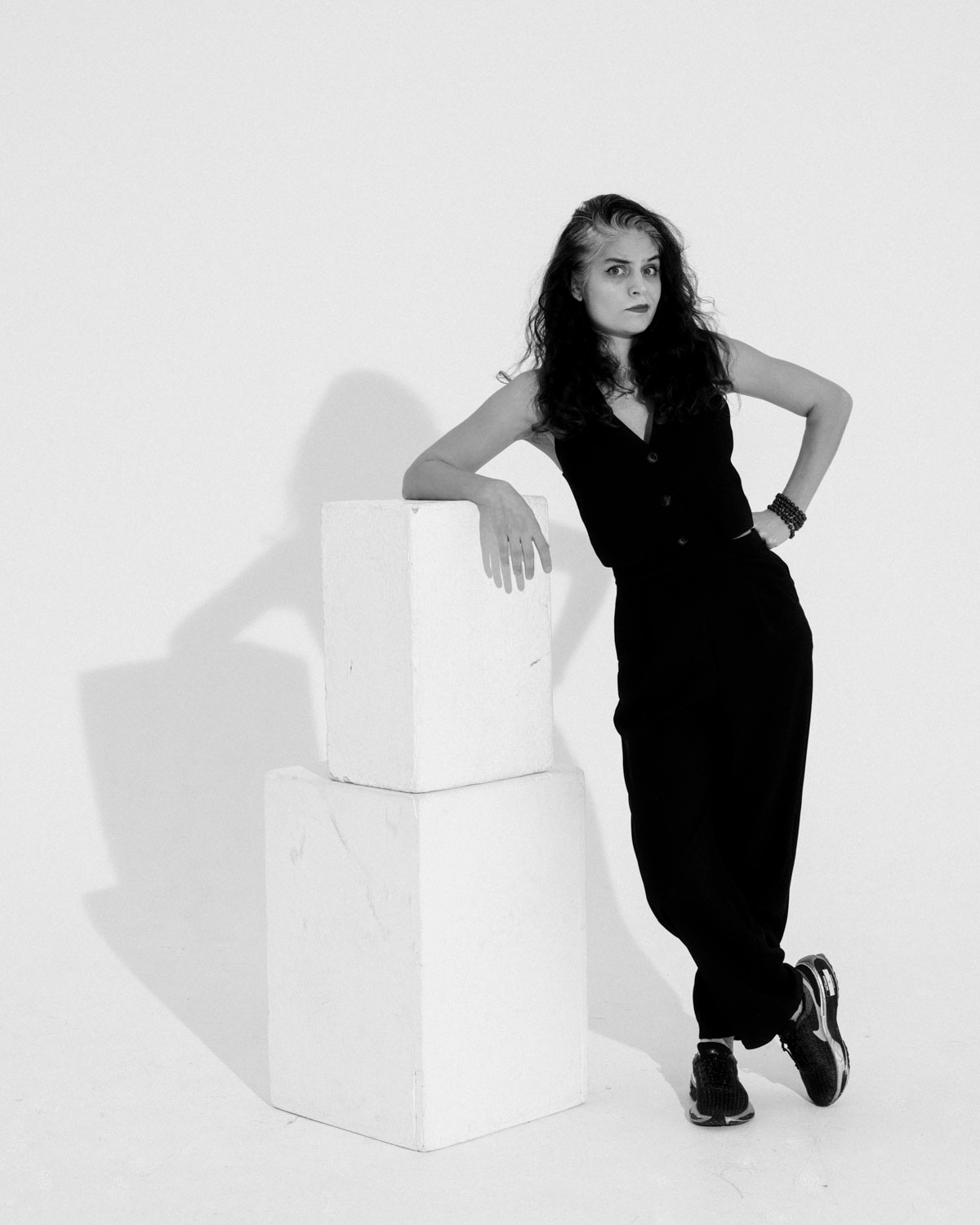
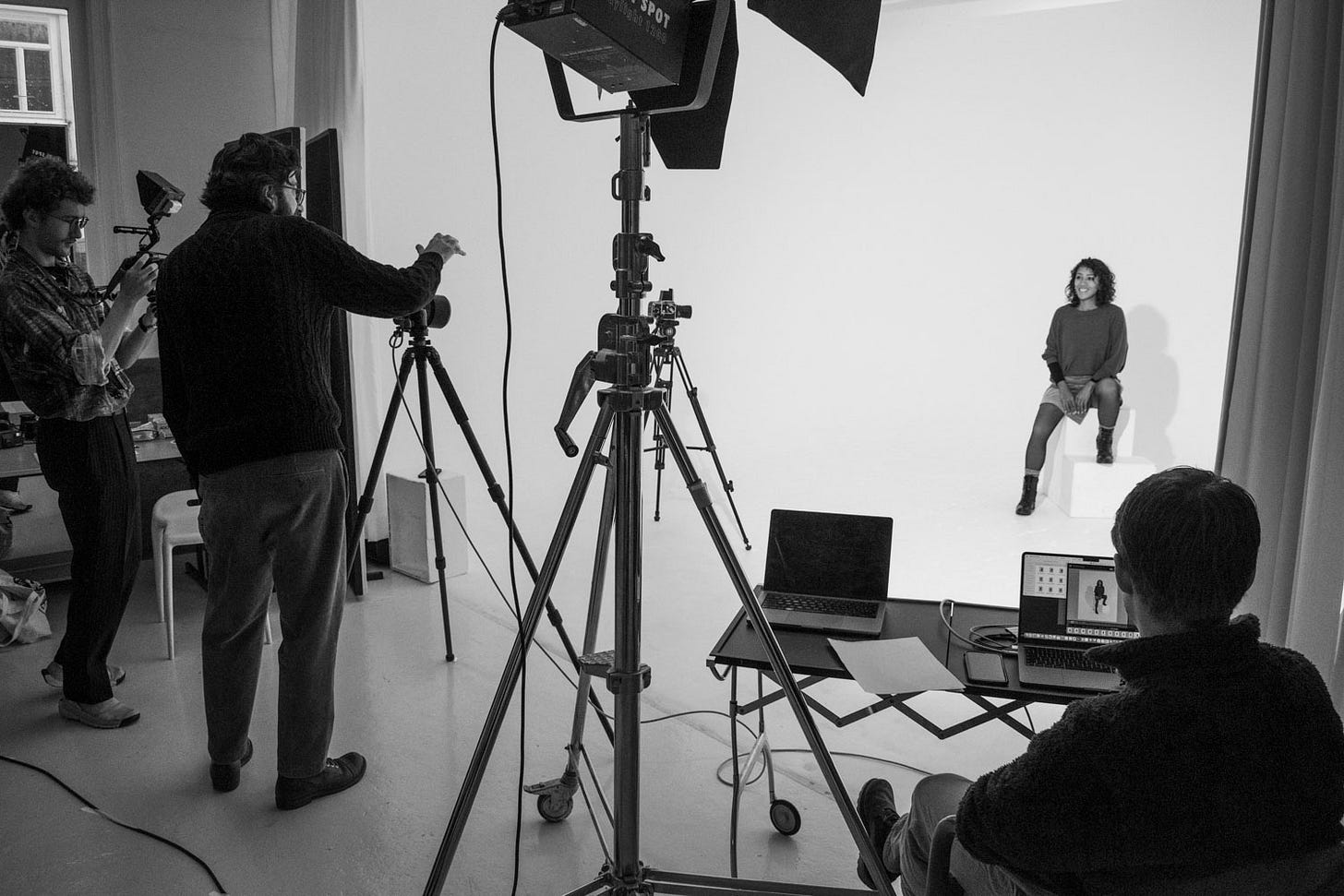


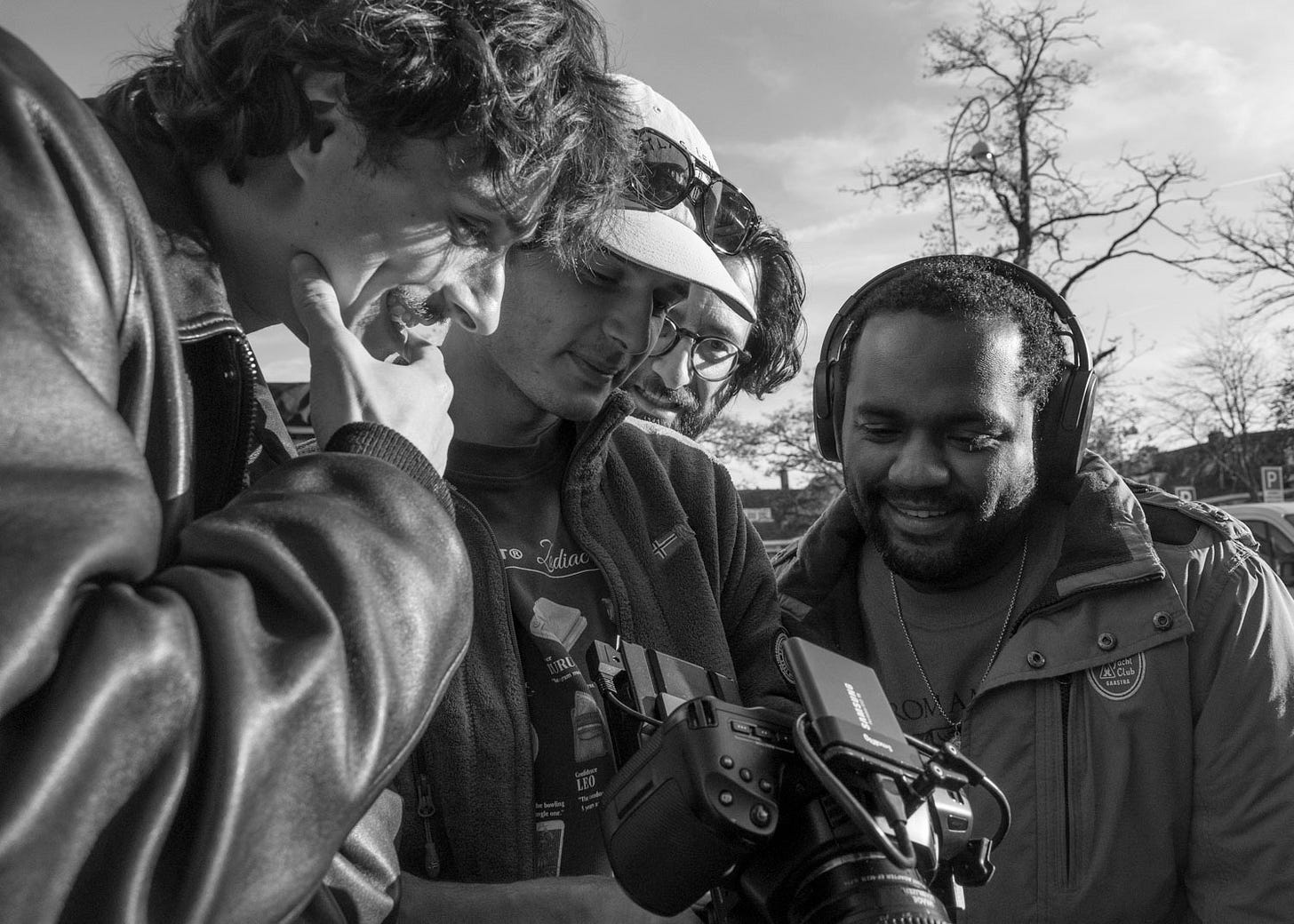
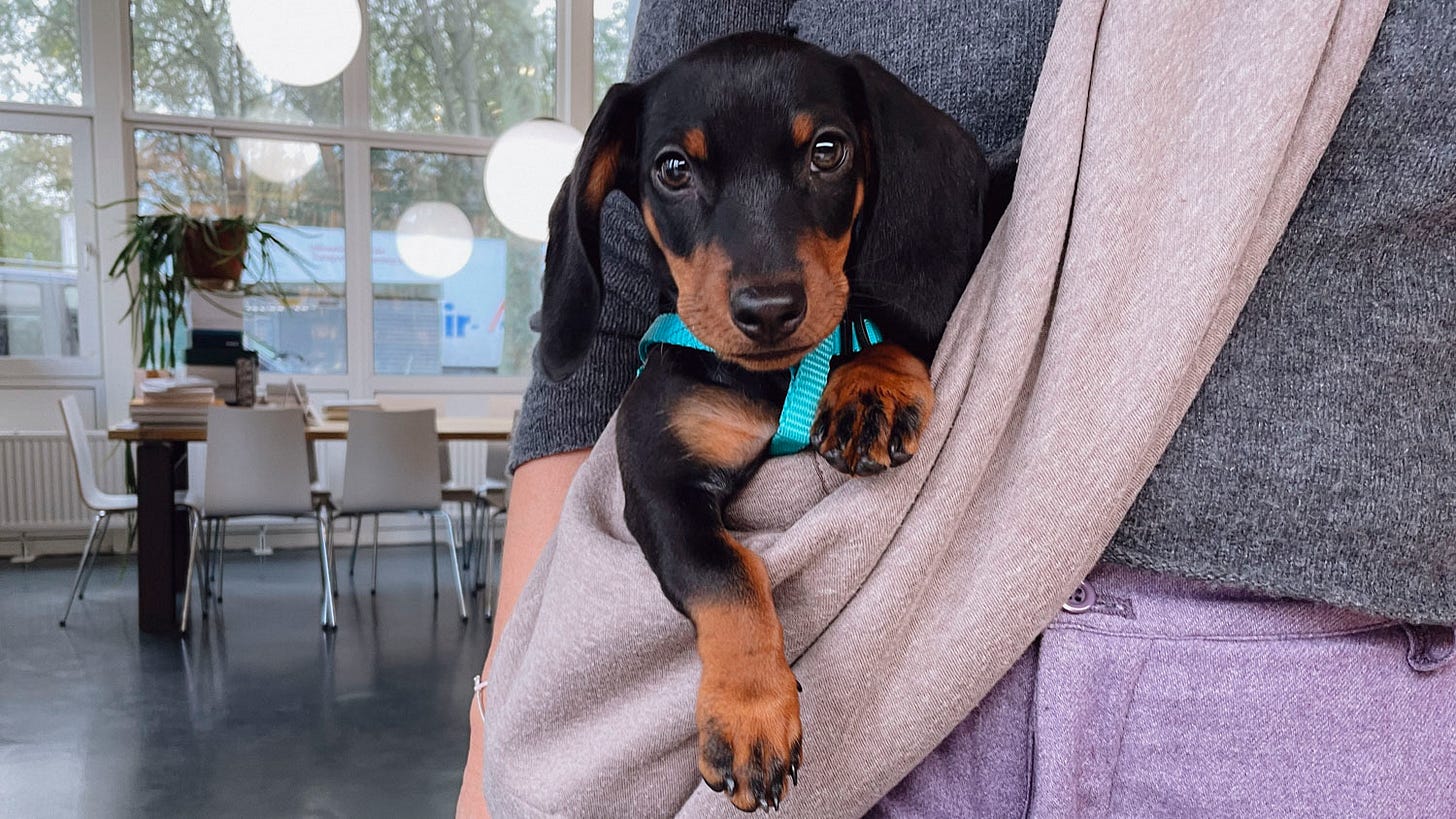
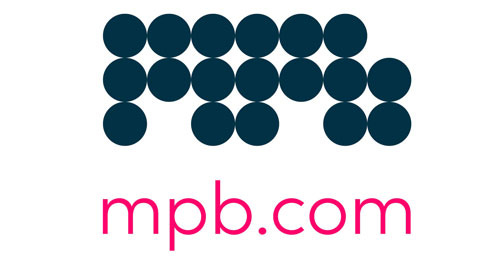
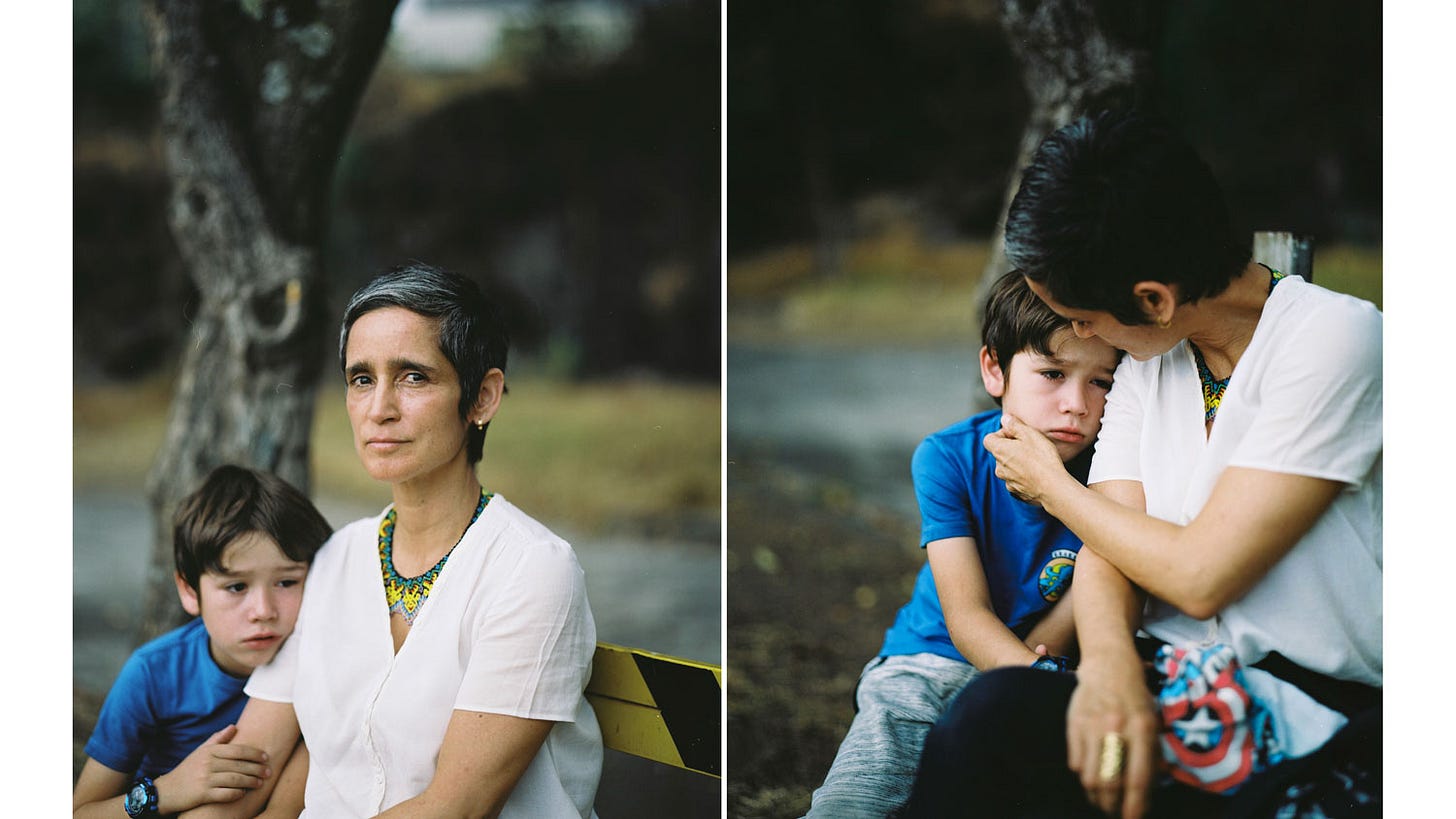
Thanks for your insights on the Fuji medium format camera, I’ve been researching what to buy for studio and architectural work and am leaning towards one of the older used models. I was trying to narrow down lenses too, so I’m glad to see you liked the 80mm.
And Welcome to the world of tethering! Your portraits look fantastic.
try this... autotellic.